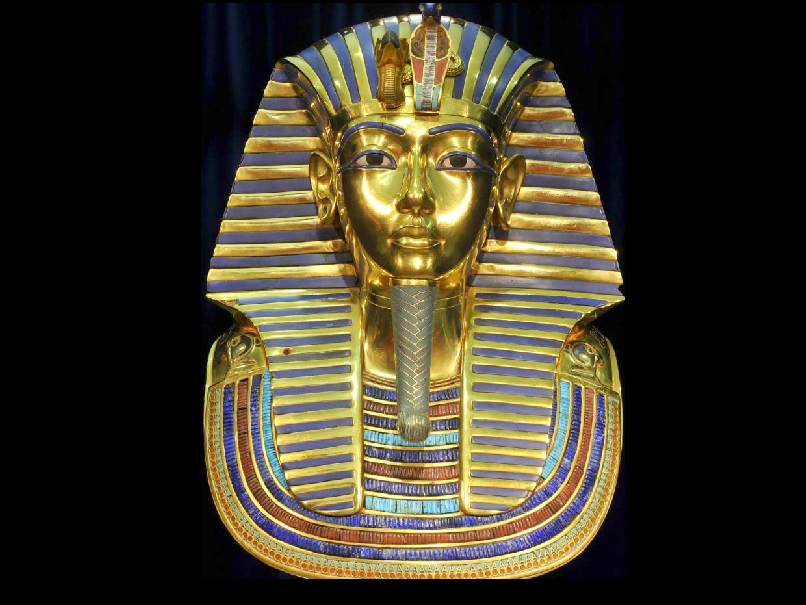Reviewed by Harold Mackowood.

image courtesy M.B. Miller
Tut’s Tomb was discovered by the archaeological team of Lord Carnarvon and Howard Carter in the Valley of the Kings in Egypt in November 1922. Carter reported in his notes that the body appears to have been burned prior to the removal of the coffin’s lid and mummified remains inspected approximately 3,300 years later.
Recently British Egyptologist Chris Naunton and other forensic scientists using an electron microscope and computerized tomography (CT) scanning data have confirmed this assumption. Could this be possibly the result of a blotched mummification process? Researchers theorize that oils used in the embalming process may have ultimately reacted with oxygen and have ignited the Tutankhamun’s body reaching temperatures of close to 400 degrees Fahrenheit.
In the case of spontaneous human combustion, a person — bursts into flame from a chemical reaction within, apparently without being ignited by an external heat source. New scientific work in the field of human combustion is stirring again.
Additional research reveals that the ancient pharaoh probably died from injuries sustained from Chariot racing. The investigators cited evidence when comparing injuries similar to those with modern day automobile crashes. Nauton using computer simulations believes the king was on his knees when hit by a chariot breaking his pelvis, smashing his ribs and destroying his heart and other internal organs.
Mysteries of King Tut continue to intrigue us after generations. Who knows what discoveries scientific technology will entertain us in the future about the boy pharaoh?


